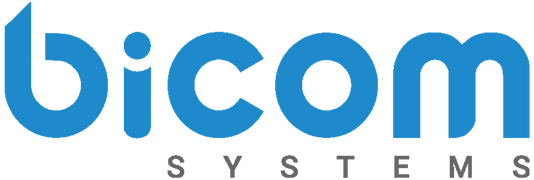Multi-Tenancy architecture allows multiple users to operate in the same ‘Cloud’. It is an economical way to serve many End Users at once. Single-Tenancy, on the other hand, refers to an architecture that provides one solution for one single user.
Multi-tenancy is defined as a “share instance”, which contrasts with traditional “multiple instances”. Multiple instances involves a separate application instance for each client. Each client will need their own server, memory, configuration, etc. However, a share instance involves just one single application instance that is used by a number of clients. Users share the server, database, etc.
Benefits include an economic advantage, simplicity, and ease-of-use. For example, when software needs to be updated in a traditional environment, each machine must undergo the update. But in a share instance, just one update to the one instance is required. This saves both time and money.
Multi-tenancy is becoming increasingly popular in today’s market of cloud computing and virtualization. The idea of sharing resources with other tenants is very appealing to businesses thinking of budgets and efficiency.
Bicom Systems offers a perfect example of multi-tenancy architure: PBXware in the Multi-Tenant PBX edition. Multi-Tenant PBX gives Telecom Service Providers a powerful platform to serve the IP-PBX market in the cloud as a voip soft switch.
